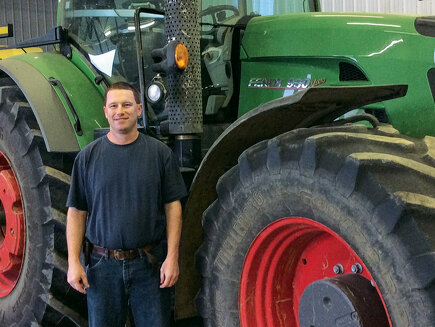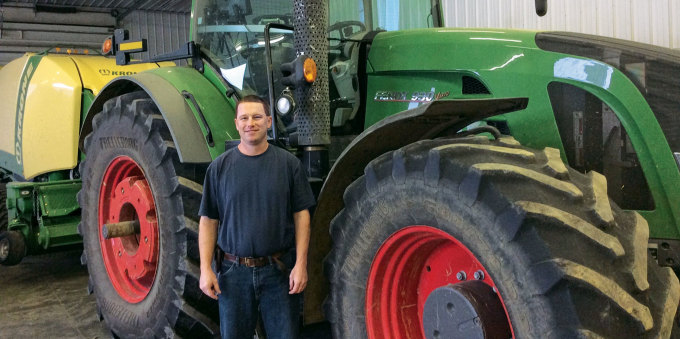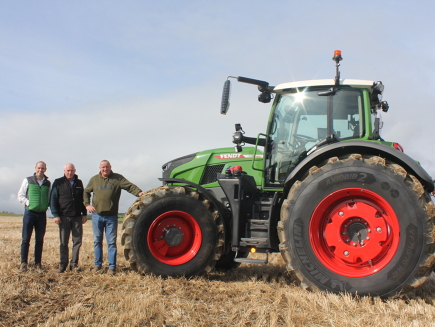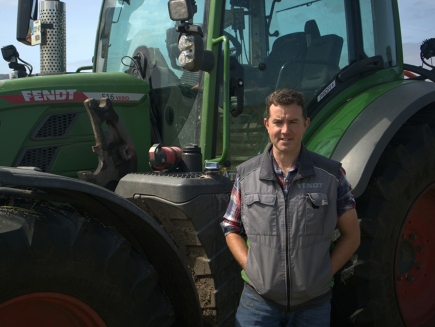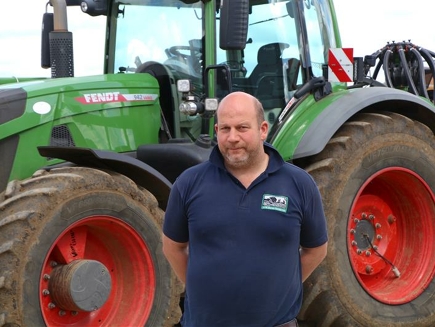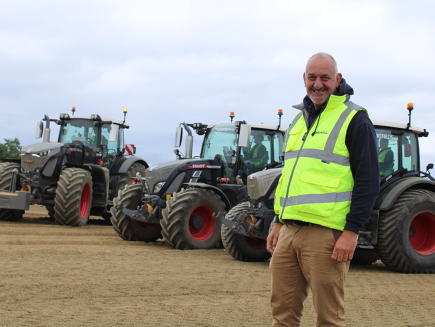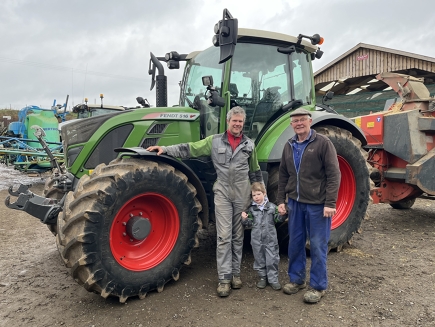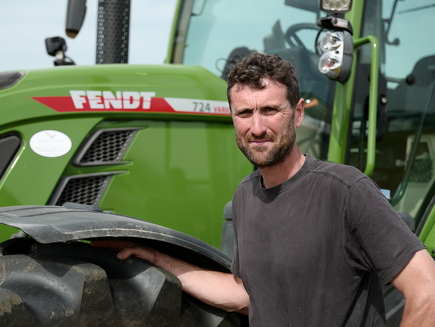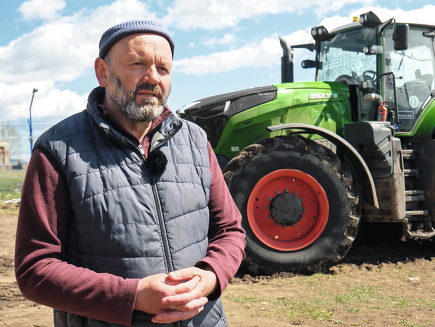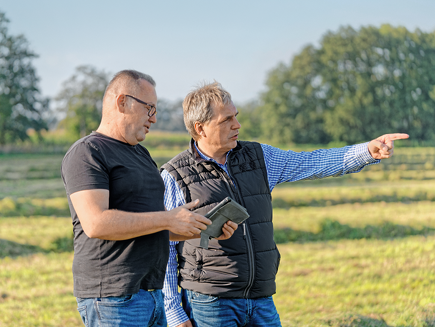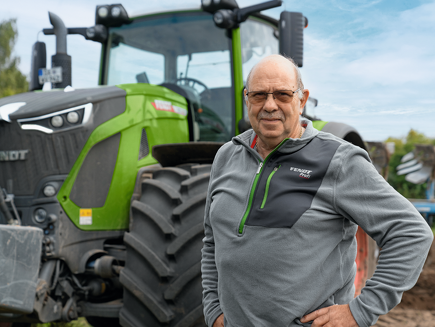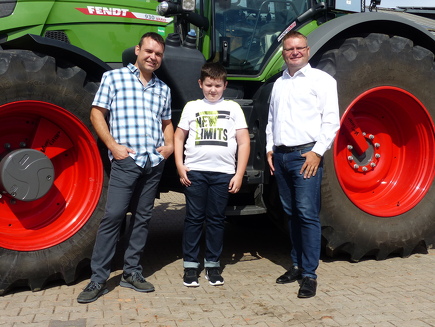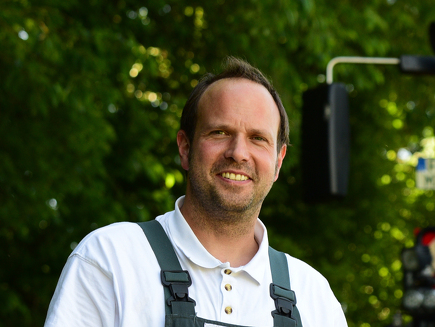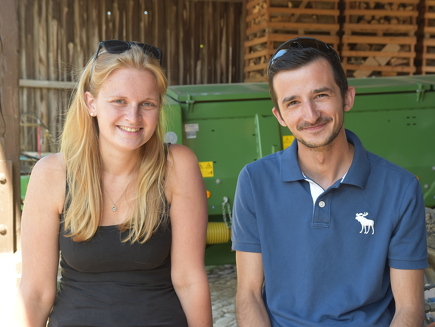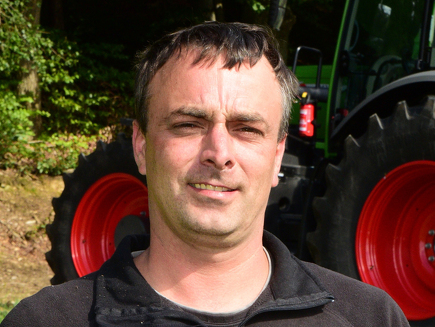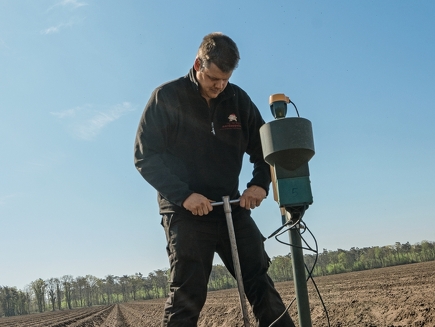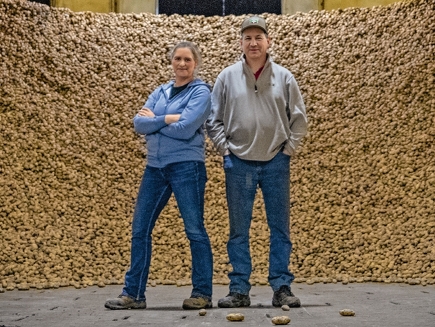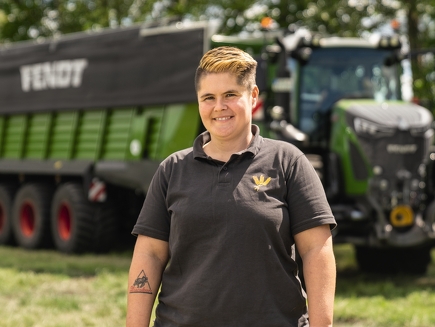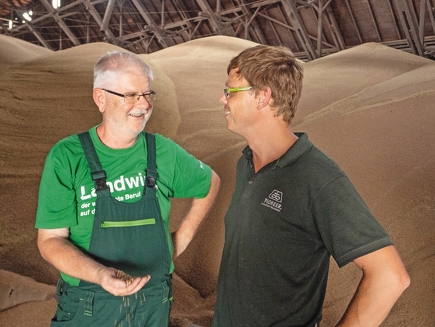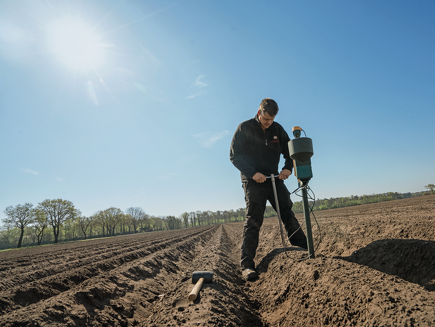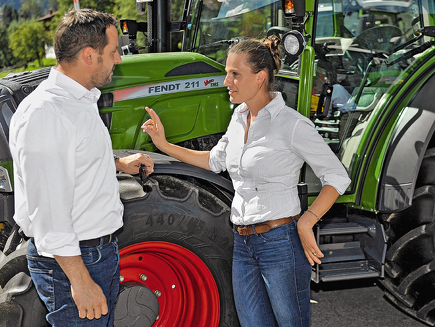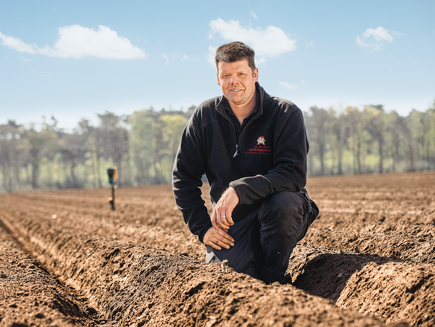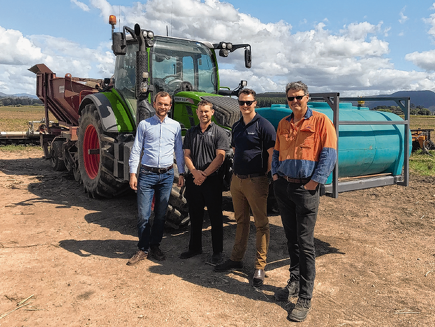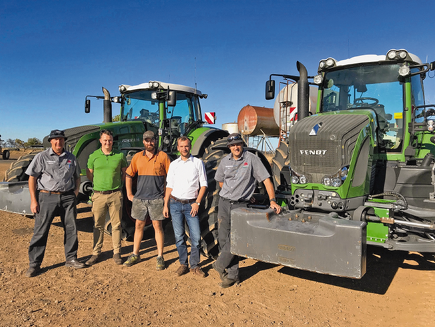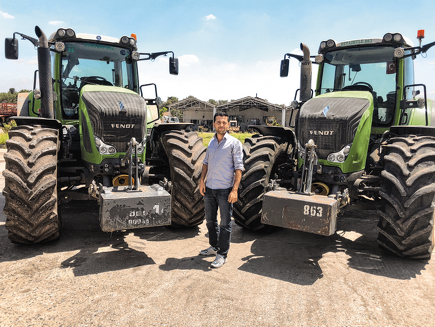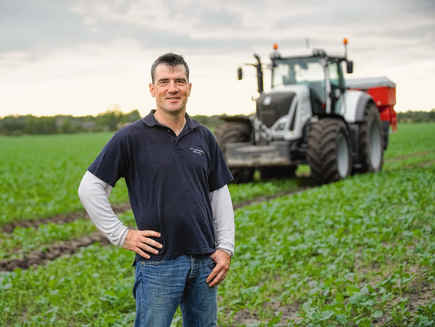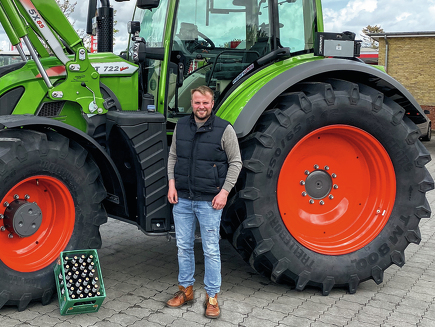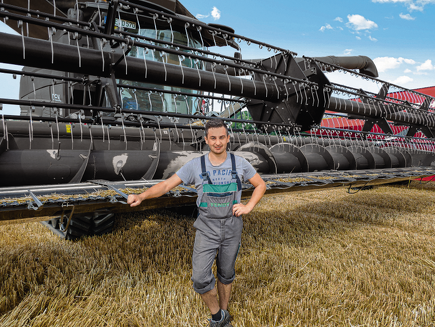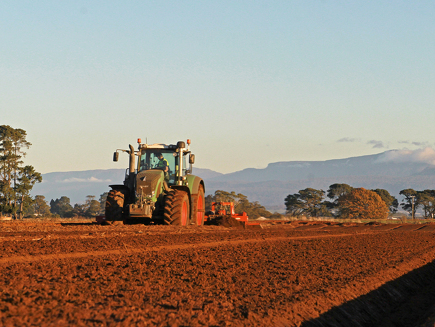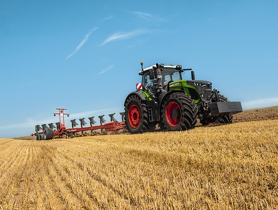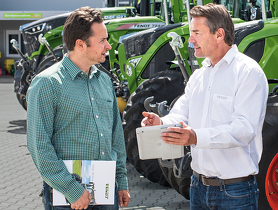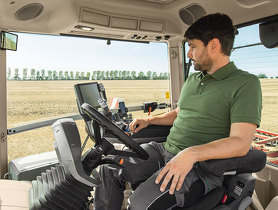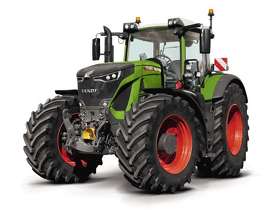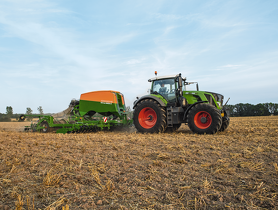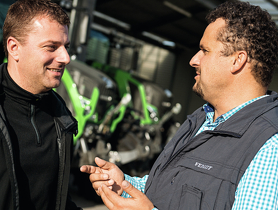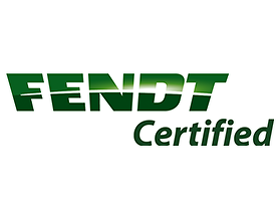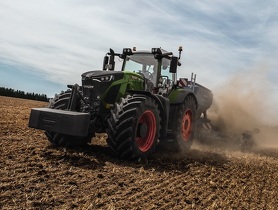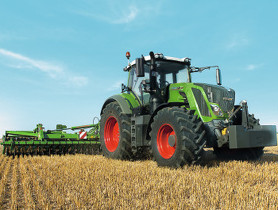When Scott Myers bought his first Fendt® tractor in 2007, he says he was looking for something that was “as good as a John Deere®” from a dealer that offered better service. What he found with the purchase of a Fendt Model 930 from Lowe & Young in Wooster, Ohio, was something far better.
“I had demoed a Fendt a few years earlier at a dealer quite a distance from here,” admits Myers, who farms approximately 3,200 acres near Dalton, Ohio, under the name Woodlyn Acres Farms, LLC. “But it wasn’t until Lowe & Young became a Fendt dealer that I actually bought one. We buy all our hay equipment from them, so the service they provide is the main reason we now have three Fendt tractors.”
Of course, Myers admits the fuel economy he gets from his Fendt tractors has a lot to do with it, too. In addition, to about 2,200 acres of corn, soybeans, oats and rye, Myers grows about 1,000 acres of hay. While half of it is alfalfa, the other half consists of different mixes of alfalfa, timothy, orchardgrass, fescue, etc. — all of it put up in 3 X 3-foot square bales for sale to dairies, horse owners and one elk farm.
Myers says he also wraps nearly all of the bales and has each lot tested for protein content and feed value so his customers can match their purchase to existing feed rations. “Right after I bought the 930, we put it on one of the balers,” he says, noting that he typically runs two balers side-by-side in a field. “We still had a John Deere 7820 on the other baler; and at the end of each day, the Fendt had used between eight and nine gallons of fuel, while the 7820 used between 12 and 14 gallons … and the 930 is a bigger tractor.”
Since then, Myers has added a Fendt 820 and a Fendt 824. When used on a baler, those models use even less fuel, averaging around five to six gallons per day. Still, he generally runs the 930 on one of the balers, while the 820 and 824 find use on a baler, the air drill or one of the tillage machines. With VarioGuide satellite-assisted steering, Myers says the 824 is ideal for drilling oats, rye and alfalfa.

